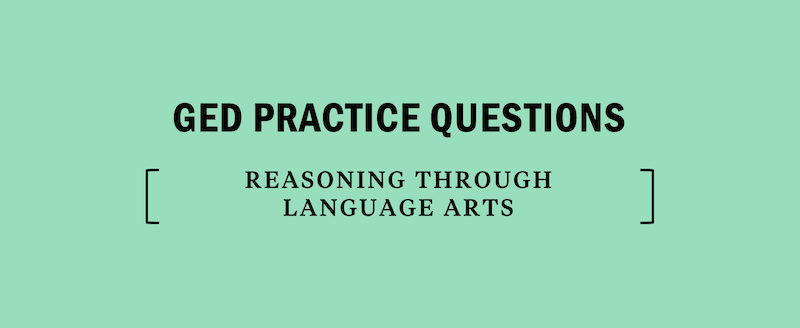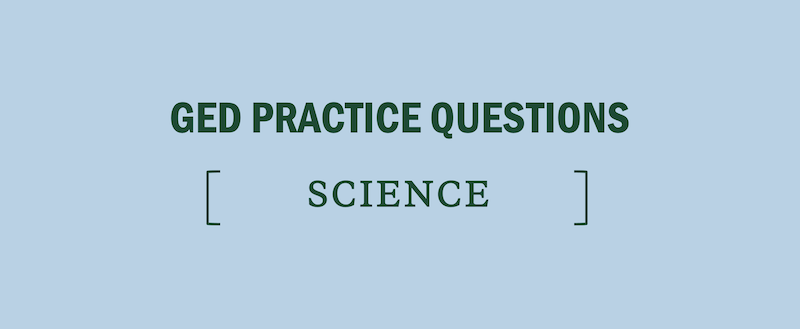Who Should Take the GED Test?
The GED test is designed as a way for people to achieve high school equivalency without actually receiving a high school diploma. The GED test might seem like an easier option than finishing high school, but there are several things to consider before you decide to get a high school equivalency diploma instead of a traditional high school diploma.
[ GOOD TO KNOW: How long does it take to get a GED? ]
1. Not everybody is eligible to take the GED test.
The GED test isn’t available to everyone who just wants to finish high school early. Most states require that you be at least 18 years old and not currently enrolled in high school in order to take the GED test. Some states also require that you take a prep course. There are additional requirements for those in the federal prison system.
2. If you have the option, choose a high school diploma over the GED test.
Though most universities and employers accept a high school equivalency diploma in place of a high school diploma, the benefits to finishing high school far outweigh the cost in time and energy. Don’t be fooled into thinking that the GED test, because it might take so much less time to prepare for and take than getting a high school diploma, is the better option. Though many employers and universities accept certain GED test scores or a high school equivalency diploma, the experiences you have in high school are priceless.
Your GED test scores may prove that you have the knowledge necessary to go to college or get a job, but the test can’t teach or assess social skills or life skills.
A high school equivalency diploma is the best option for some people.
All that being said, getting a high school equivalency diploma is far better than nothing at all. If getting a high school diploma isn’t an option for you, you should definitely consider studying for and taking the GED test (or whatever high school equivalency test is available in your area). Because many employers and most universities accept the GED test as high school equivalency, if you work hard you’ll be able to achieve your educational and professional goals.
Reasons to get a high school equivalency diploma instead of a high school diploma include the following
- You’re too old to enroll in high school.
- Extreme circumstances (such as incarceration) have forced you out of high school. If this is the case, you’ll need to check your state’s requirements to find out what high school equivalency exams you qualify for.
- You’re an international student looking to acquire a U.S. high school equivalency diploma.
If you do not fall into one of these categories, you should seriously consider finishing high school instead of taking the GED test and getting a high school equivalency diploma. If you’re interested in re-enrolling in high school, look at your state’s requirements to make sure you’re under the age cap and get in touch with the counselor of the high school you’re zoned for.
If the GED test is the best option for you, though, you can easily prepare for and take the GED in a matter of months.
[ RELATED: GED 1-Month Study Plan ]
Pros to Taking the GED Test
- Employers will be more likely to hire you with a high school equivalency diploma than without one, meaning that you’ll be able to apply for jobs you want and even receive promotions.
- People with a high school equivalency diploma earn an average of $9,000 more per year than people without an equivalency diploma.
- Many community colleges, trade schools, and universities accept high school equivalency diplomas. Just because you didn’t finish high school doesn’t mean your education has to stop forever!
- If you’re a non-U.S. citizen, GED test scores can provide you with career and educational opportunities only possible with proof of U.S. high school equivalency.
- It’ll boost your self-esteem! Accomplishing something like the GED test can help you approach the next step in life with confidence.
[ KEEP STUDYING WITH GED PRACTICE QUESTIONS: Social Studies • Mathematical Reasoning • Science • Language Arts]







